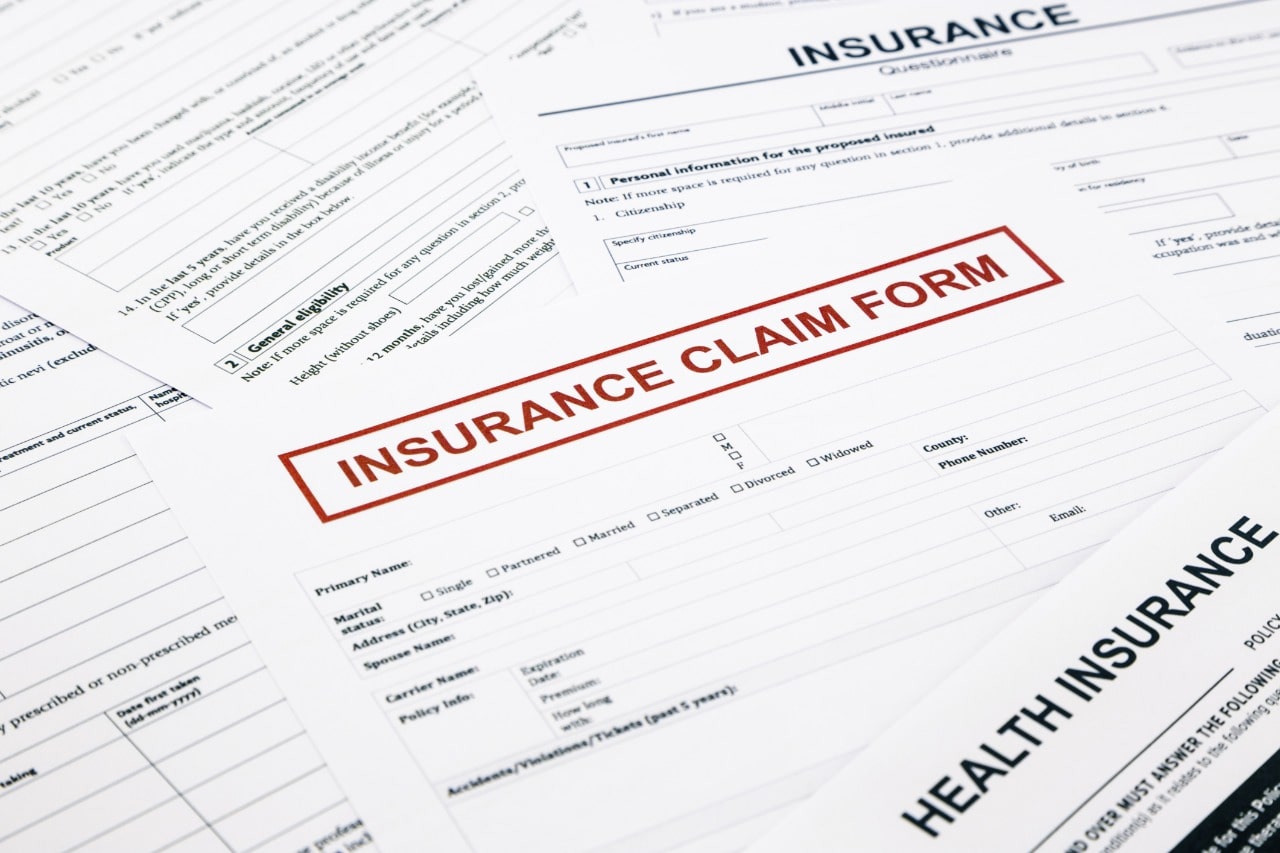



“The FraudBusters” has provided medical claims audit & recovery services to a number of national health plans. We offer ad hoc & ongoing support engagements & provide claims re-pricing, overpayment analysis, recovery letters, collections & payment-posting services. We have recovered in excess of 50 Lakh Rupees for our clients by auditing claims across the spectrum of health plan types. Our expertise covers Fee for Service, Capitation, ICD/DRG, Per Diem, Carve-Outs, Outpatient Surgery, Billed Charges & a variety of bundled payment arrangements.

For each client, “The FraudBusters” deploys its unique & proprietary data processing system & expert team. For each medical claims audit, or in each recurring audit cycle, we apply state-of-the-art knowledgebase through multiple in-house doctors to stratify volume by place of service, by facility, by type of claim & by other natural common dimensions as dictated by the data itself. Once stratified, all or a subset of the claims from each stratum (selected by multistage sampling to draw an appropriately sized random set) are programmatically screened for payment type & flagged for review by our experienced medical claims auditors, each with a minimum of 10 years’ auditing claims payments for accuracy, timeliness of payment & coordination of benefits. In addition, due to the usual magnitude of spending involved, hospital contracts are also sampled proportionally according to either size or a measure of complexity of the contract & subject to additional scrutiny.

Claims audits need to be performed routinely to ensure that a plan’s claims payer has adequate controls in place to effectively administer the plan & pay claims in a timely & accurate manner. Under a self-funded arrangement, plan sponsors, not insurers, assume the risk. An ongoing claim audit program not only enables plan sponsors to satisfy their fiduciary obligations but also to monitor costs & potentially identify areas for savings.
“The FraudBusters” has professional staff members who work exclusively in claims auditing & related areas involving the improvement of efficiency & control of claims processing. Our claims auditors have over 100 years of combined experience performing & supervising audits of benefit claims. We are highly knowledgeable in auditing claims, reviewing claims systems & analyzing internal controls. Our experience with numerous third-party administrators & insurance carriers has given us exposure to many claims processing systems.


Our comprehensive claims audit approach is based on an on-site review of actual claims files & documents & re-adjudication of the selected claims, as opposed to a computer-based review of plan limits or a “tick-and-tie” approach in which limited approvals are the subject of the audit.
We determine our claims audit procedures & processes only after gaining a thorough understanding of your plan & its operations. Our flexible approach enables us to target specific issues, such as significant accounts & potential high-risk areas.
The first step in a claims audit engagement is sample selection, which depends on the needs of the plan, the desired confidence level & margin of error, and, if applicable, the performance guarantees in place with the third-party administrator or carrier. Options include statistically valid random samples, statistically valid stratified random samples, & non-statistical or targeted samples.

The basic objective of a claims audit is to determine that payments were made for eligible participants, for covered benefits & for the correct amount. Our claims audits include:
After concluding fieldwork & obtaining additional information from the administrator or carrier, as necessary, we issue a final report, which presents our findings&the nature&extent of any errors. The report also includes any recommendations for the improvement of claims payment procedures and/or the improvement of any internal control weaknesses that may be noted during our work. If requested, we will also present the report.
Financial audits have a significant impact on industrial growth. They are essential to ensure the proper management of money, adhering to calculations, and discovering areas where internal process improvements. Quality health care is also dependent upon accurate and complete clinical documentation in the medical record. The best approach to enhance documentation and the livelihood of your health care organization is through medical records audits. Physician medical billing staff must determine core areas to configure data storage and manage dataflow through medical audits. Medical audits provide an insight into required improvements and core competencies for the healthcare business and provide the following benefits.
Medical claims have a significant impact on the two areas of the healthcare industry.
Medical billing professionals provide medical audits to implement such strategies that can improve healthcare administrative propagation and help to eradicate the cause of claim denials and poor collection management. It helps them to create clean claims and drive maximum reimbursement. In general, medical audits are also the critical factor that can help the physicians to monitor their financial growth and stay confident about their services’ quality. These audits can also help the physicians to observe and comply with the real-time data of their patients. Therefore, they can quickly provide quality patient care and leverage their bottom line. Although, it is a complicated task to manage medical audits and costly if not handled correctly. Generally, the medical claim audit is of the following types.
There are the following options and benefits of a medical claims audit.
An independent medical audit is managed by medical billing and coding professionals to identify problematic areas and omit out complications that hinder accurate medical billing. Therefore, medical billing and coding professionals would help to stop lost commercial opportunities and boost compliance with regulations. Medical audits also address a clear message to your medical billing and coding staff that you are committed to taking an active role in the process. It also ensures that every Rupees is spent wisely and according to the regulations. Audits can be done irrespective of the size of your medical business and the number of employees on the medical staff. Medical audits should be performed regularly and committedly. There should be a meticulously planned schedule for medical audits to improve the medical claim process over a long time period. Medical audits could be prepared by using the following approaches: There are different approaches to such audits.
In a random audit, claims are selected based on the amount of money involved, and it covers both large and small claims. The main focus is on the Rupees amounts instead of the number of claims. The results of a correctly performed random sample audit are statistically valid enough to be extrapolated across all claims. According to Texas-based HMS that is a consultant company for healthcare providers, the downside of the healthcare insurance companies is that they typically will not refund money based on the results of a random sample audit. As a result, these are best suited for discovering if an opportunity even exists before moving to a more comprehensive review.
Larger in scope, a comprehensive audit looks at a specific group of claims both electronically and manually. The results of comprehensive audits are not meant to be extrapolated but, instead, deal only with the claims that are audited. However, such audits can lead to refunding money from claims administrators and in fact, which is often the focus of such an audit.
This audit is a combination of both the approaches, random sample and comprehensive audits. It helps medical billers to achieve the results of both primary recoveries of money and compliance with regulations. Such a review provides valid statistics on the accuracy of claims as well as the correct information required to seek recovery of overpayments.
The primary benefit of any medical practice of a claims audit is containing and examining expenditures and revenue generation. However, a thorough claims audit can help to identify critical areas requiring new policies and improved procedures that will streamline the claims system as well as identify areas of cost savings. Medical billing and coding staff must provide a thorough audit and report each service rendered in every visit. As it is already evident that there are benefits of a medical claims audit for a healthcare organization, and they are the most effective medium to ensure compliance with government regulations and to make the case of refunds from insurance providers